How to identify “True Dry Rot” (Serpula lacrymans) decay. This Fungus causes severe structural damage and can spread very rapidly, and develop in other areas.
It is important to ensure that the condition of both your sub floor ventilation and sub floor timbers are assessed during your damp and timber survey
What is Dry Rot ?
Dry rot is wood decay caused by one of several species of fungi that digest parts of the wood which give the wood strength and stiffness
Does Dry Rot need to be removed ?
Because dry rot can spread quickly through wood and even porous masonry, it’s incredibly important to eliminate all stages of dry rot fungus immediately. The most effective way to do this is to remove and replace all affected wood, and treat the timber in close proximity with a fungicide.
How do I know I have Dry Rot ?
Signs of dry rot include:
- damaged or decaying timber.
- damp or musty smell.
- deep cracks in the timber grain.
- brittle timber or timber that crumbles in your hand.
- concentrated patches of orange–brown spore dust.
- grey strands on timber.
- fruiting bodies that look like large mushrooms.
What is the cause of Dry Rot ?
Dry rot is a type of fungal timber decay known as Serpula Lacrymans. It occurs when wood becomes too wet with a moisture content of over 20% and the wood-destroying fungus attacks the timber. Dry rot is the most serious form of fungal decay.
How do I know if I have Dry Rot ?
The symptoms of dry rot can include the following:
- fine & fluffy white mycelium spreading across the wood. …
- grey-whitish ‘skin’ tinged with yellow and lilac patches.
- mushroom-like fruiting body – soft, fleshy and looks like a pancake or a bracket – often orangey in colour, rust coloured in the centre, with wide pores.
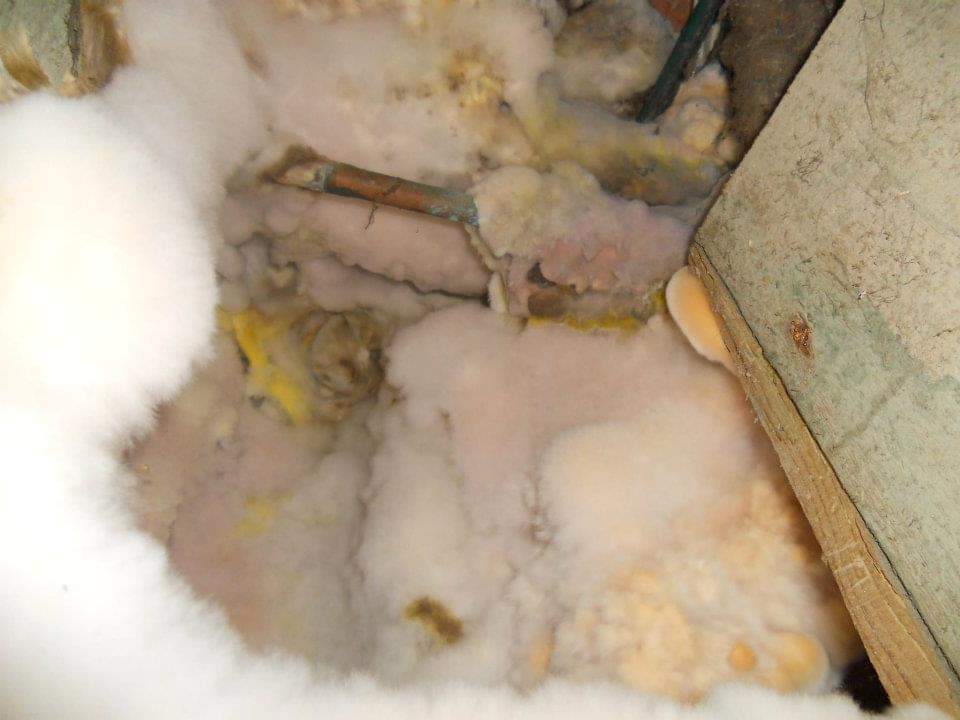

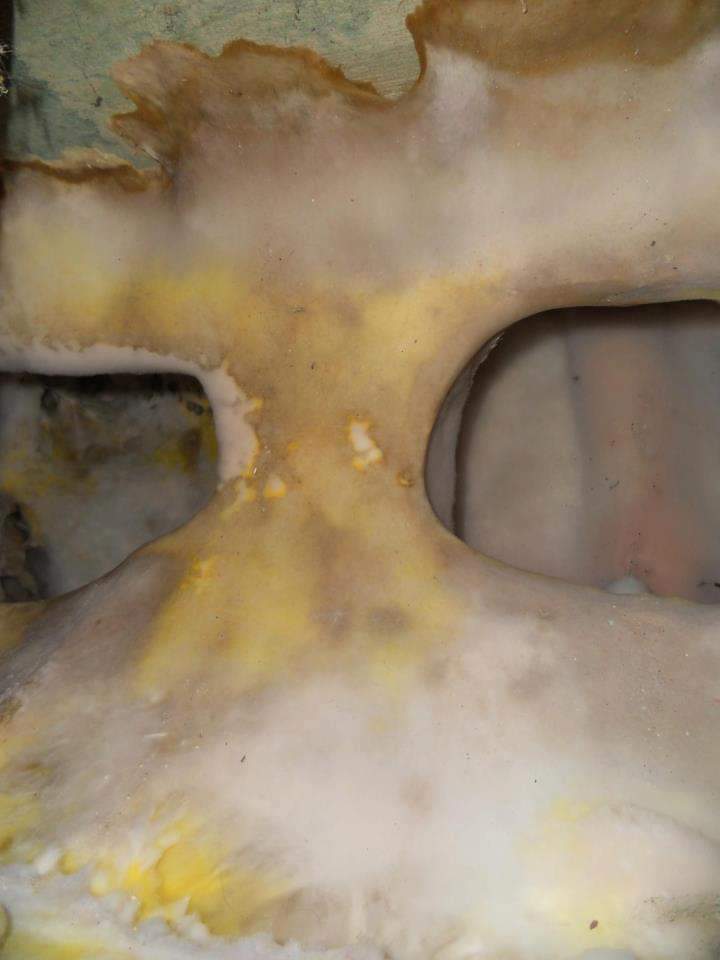
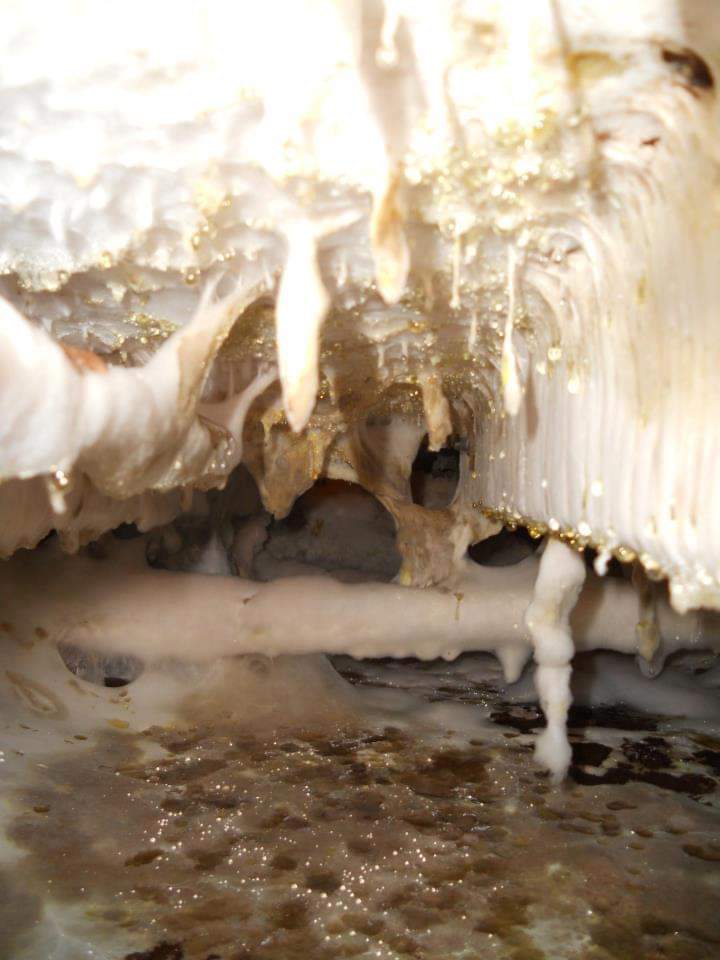
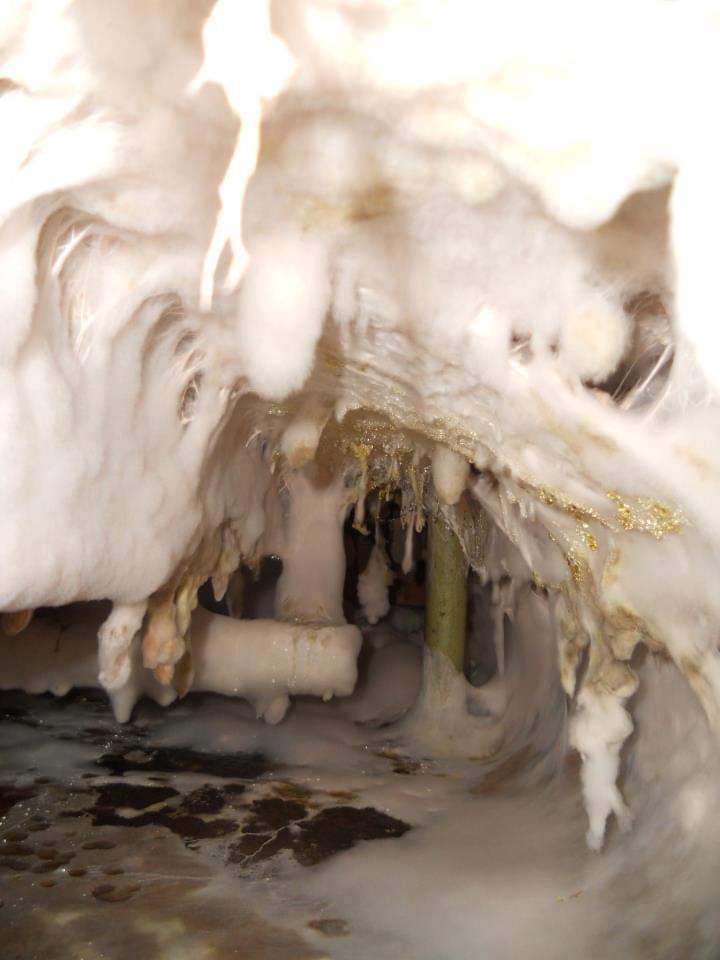
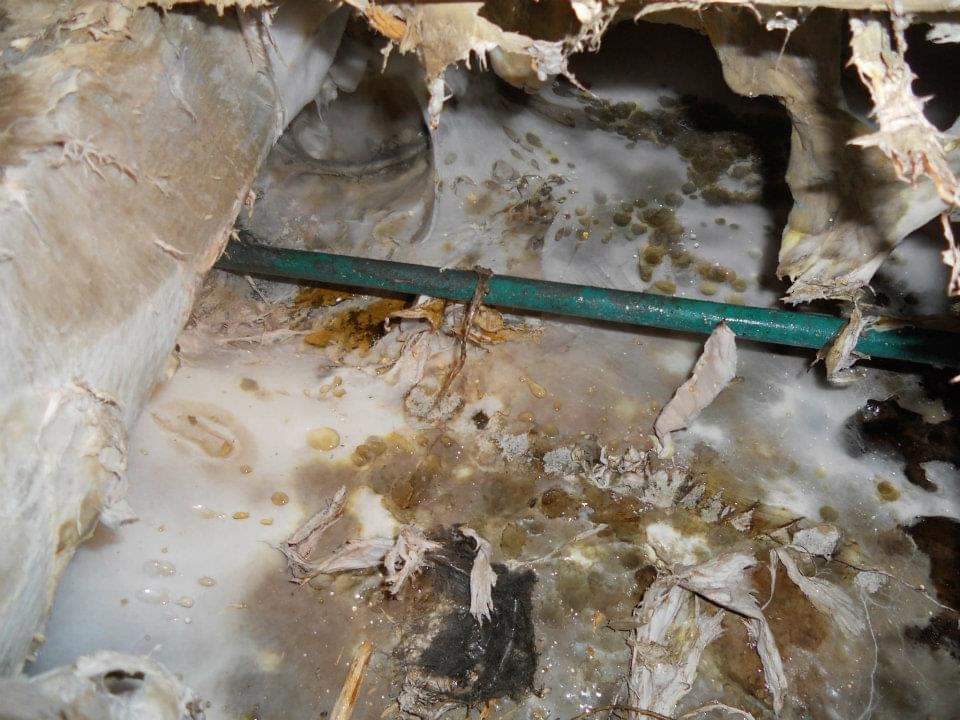
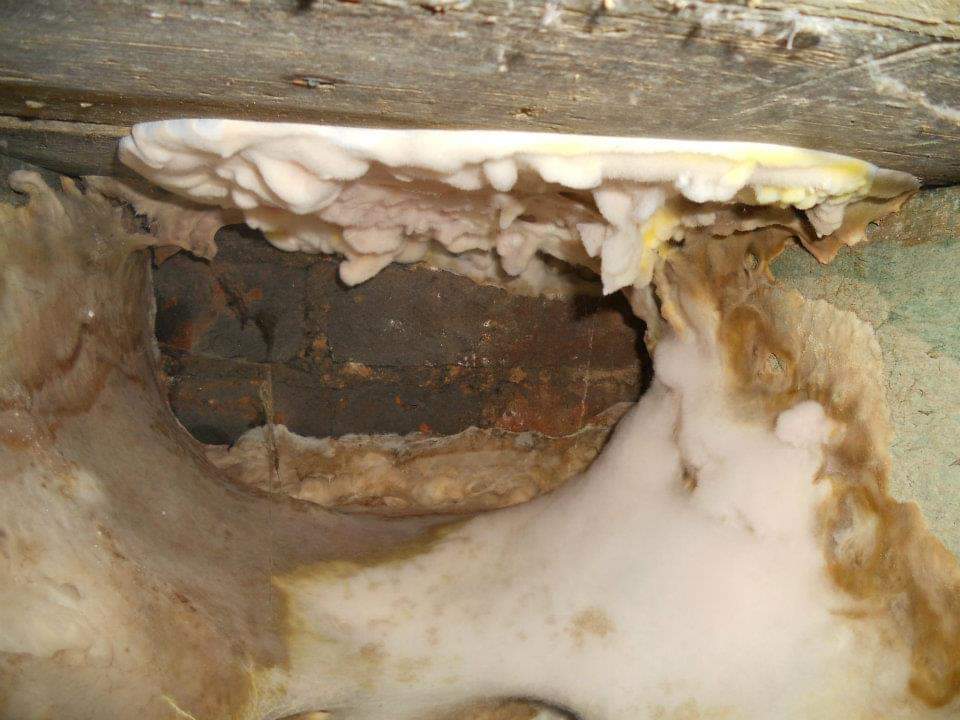
How quickly will Dry Rot Spread ?
Dry rot can spread up to 80 mm per day, if it has optimal conditions for growth. In order to achieve this intense growth, dry rot needs temperatures between 66- and 70-degrees Fahrenheit. Further, unlike many other fungi, dry rot does not need a lot of moisture to grow quickly.
Do I need an expert to diagnose Dry Rot ?
Whatever your circumstances, it’s important that you have an expert check your property especially before purchase to not only confirm if dry rot is present but also examine how widespread the issue is.
Always ensure that you use an Independent and Qualified Surveyor and member of the Property Care Association
